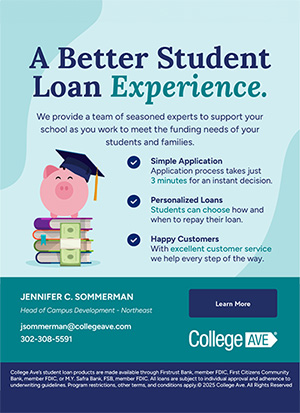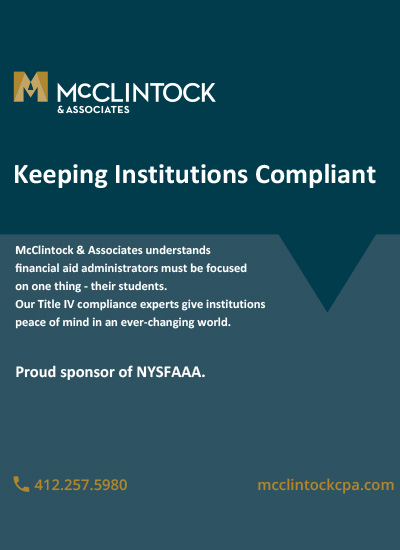Senior Planning Calendar
CHECKLIST
- Summer Break
- Review your career plans. Take career and interest tests. Do research on these career areas. Decide which type of school is right for you.
- Visit college campuses.
- Request catalogs, admission information, and financial aid forms from schools you intend to apply to.
- Contact your high school counselor for registration materials and test dates for the ACT and SAT.
- Start thinking about how you will be paying College expenses. Begin researching scholarships.
- Make sure you're senior year courses meet your college's admission requirements.
- September
- Meet with Admissions Representatives who are visiting your school. Attend College Fairs.
- Make a list of
- test names, registration deadlines, test dates and fees
- college application deadlines
- financial aid applications and deadlines.
- Remember, you must take tests like the SAT and ACT at least six weeks before scores must be submitted to colleges.
- Begin asking teachers, guidance counselors, and employers for letters of recommendation for your admissions and/or scholarship applications.
- October
- Take SAT I and/or SAT II exams, if necessary.
- Work on application essays. Seek help from teachers and school counselors.
- Visit your top school choices. Interview some students, faculty and staff, if possible.
- Attend special programs such as senior visitation tours, college fairs, and financial aid nights.
- Find out whether any supplemental financial aid applications your college choices require and when the forms are due.
- File the Free Application for Federal Student Aid (FAFSA). Many high school counseling offices and/or local libraries offer workshops.
- Keep your paperwork handy. You may need it for verification reviews by schools.
- November
- Take SAT I and/or SAT II exams, if necessary.
- Prepare your college applications. Check with the colleges to find out when materials must be postmarked.
- Look for your Student Aid Report which contains Federal Pell Grant Program information. Look if over carefully for errors or updates. If corrections need to be made, send the corrected form back to the Federal Processor.
- February
- Check to see if your mid-year transcripts have been sent to the schools to which you have applied.
- Make sure your FAFSA (Free Application for Federal Student Aid) has been submitted.
- Research taking Advanced Placement (AP) or College-Level Examination Program (CLEP) exams.
- Rank your finalized list of colleges.
- March
- Preliminary Financial Aid Award Notifications begin to be mailed to students. Receipt of an Award Notification varies by instituiton.
- Contact each office to make certain that your application is complete. Find out what else you need to do to establish and maintain your eligibility for financial aid. Respond in a timely manner to any requests for information.
- If you have not received your Student Aid Report after four weeks have passed since submitted your FAFSA, contact the Federal Student Aid Information Center at (319) 337-5665.
- Watch the mail for college acceptance letters. Compare the financial aid awards you receive.
- April
- Make your final decision and send in the deposit by the deadline.
- Check with your college of choice about the details of signing and returning financial aid award letters.
- Notify the other schools that you will not be attending.
- Watch for important deadlines at your college of choice (housing, financial aid, etc.)
- May
- AP examinations are given in high schools nationwide.
- Finalize your summer school or summer job plans.
- Notify the Financial Aid Office of any scholarships you may have been awarded. This information is important for finalizing your award package.
|








